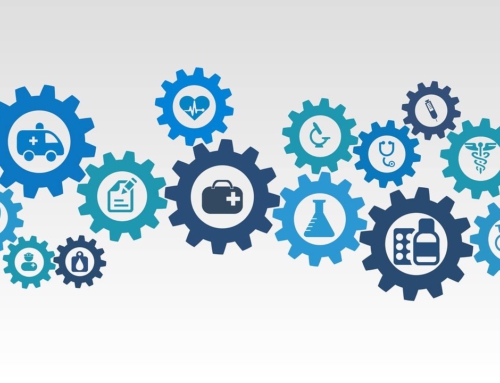In 2021, IT teams had to cope with enormous changes and protect their critical operations against unprecedented threats from Covid, natural disasters, supply chain disruptions and staff shortages. Many moved mission-critical systems to the cloud and hybrid cloud and implemented advanced, application-specific high-availability clustering and disaster recovery solutions. The impact of global change and looming threats continues.
What do these changes mean for IT in the coming year? Here are some predictions to consider.
Multi-cloud infrastructures will become mainstream
With the widespread adoption of cloud computing as a core component of today’s IT infrastructures, organizations will no longer consider a single cloud for their cloud needs. Despite the added complexity of running different workloads on different clouds, a multi-cloud model will allow enterprises to select cloud offerings that are best suited for their unique application environments, availability requirements and business needs. However, enterprises should note that cloud SLAs for HA only cover hardware infrastructure.
Concerns about the ability to meet SLAs for mission-critical applications with 99.99 percent availability in the cloud will drive organizations to implement sophisticated application-specific high availability and disaster recovery solutions. Many will avoid committing to an OS vendor for their HA/DR solutions and instead turn to non-OS vendors that have both HA/DR solutions and extensive technical experience deploying HA/DR in AWS EC2 and Microsoft Azure.
Back to your own data center?
Many organizations that have moved their applications to the public cloud are now considering reverse migration – back to their on-premises data centers for three main reasons: Cost explosion, data sovereignty requirements and IT management control. Cloud fees can be unpredictable, and many organizations are struggling to control the creeping growth of compute capacity, storage and instances. Many also want to avoid the “exit” fees that come with removing data from the cloud.
Costs aside, European companies are subject to the Data Protection Regulation (German: Datenschutzgrundverordnung, DGSVO) and other regulations that require them to ensure that their customers’ data remains within the borders of the country where the company is based. If the cloud provider does not have a data center in its geographic location, these so-called data sovereignty regulations may force it to move the computing capacity and data back in-house.
A third common reason for moving back is to regain some of the IT control that has been relinquished to cloud providers. While cloud providers take on the IT load and responsibility for system maintenance, they also determine when and how that maintenance is performed. For critical applications with high availability SLAs, excessive or inconveniently scheduled downtime can cost tens of thousands of dollars and more than justify moving workloads back on-premises.
Businesses’ reliance on databases and ERP systems will increase demand for specialized professional services
High-performance databases and ERP systems such as Oracle, SAP S4/HANA, and SQL Server have become so mission-critical that enterprises are barely tolerating even short periods of downtime. As the environments in which these applications and databases run become more complex, enterprises will increasingly turn to HA/DR specialist teams that have extensive experience in helping IT teams implement HA/DR for their specific applications and use cases.
More investment in disaster recovery
Climate change and day-to-day cyber security incidents have brought the need for disaster recovery to the forefront of IT focus. Disaster recovery planning is no longer just about addressing the rare “once-in-100-years storm” or the “once-in-a-lifetime earthquake.” Natural disasters have become an increasingly common threat to business operations. Enterprises will spend more on DR in 2022 and look for more flexible deployment options for protection, such as replicating workloads on-premises to the cloud or using multi-node failover clusters across cloud availability zones and regions.
High-availability protection for storage becomes the standard
Climate change and the threat of natural disasters have also shown IT teams that simply backing up data storage is no longer enough. Whether the storage is NFS, SAN, cloud-native shared storage or replicated on-premises storage, organizations will need to implement a more sophisticated approach to DR. They will increase the protection levels for their data stores – both on-premises and in the cloud – to ensure high availability and disaster protection.
Container complexity will limit adoption for production workloads
Containers continue to make headlines and will be used in more and more use cases across the IT infrastructure. The benefits of containers have been proven in DevOps environments, but their complexity combined with limited IT resources and the complex architecture of many applications, databases and ERP systems will limit their adoption in production environments. Enterprises will continue to run complicated applications, databases and ERP systems in traditional on-premises and cloud environments. They will use application-specific HA/DR clustering to reduce the complexity of these environments while ensuring they are protected from downtime.
An article written by iugitas, published on 06 December 2021
Translated by Charlotte Ley






